10 Easy STEM Activities for Kids To Try at Your Next Family Night
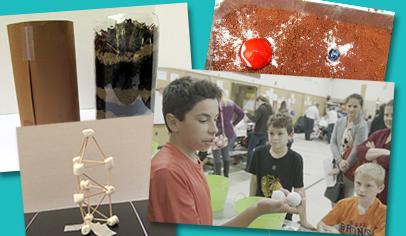
No Bill Nye the Science Guy around? No problem.
Most of us aren’t just PTO leaders; we’re parents, too—so you could say we know a thing or two about kids’ inherent curiosity. But when they start asking questions like why the sky is blue or whether worms have eyes, it leaves the non-science teachers among us stumped.
That’s why we created a free Family Science Night kit—we wanted to make it easy-peasy for all parent groups to plan and host a fun, successful STEM night, no rocket scientist cochair required. Each of our 20-plus budget-friendly STEM activities includes a list of the exact supplies you’ll need, simple instructions, a summary explaining what’s happening scientifically (in terms kids can understand), and photos, along with a journal page for students to record their predictions and observations. Below, we’ve rounded up the 10 most popular activities from our free kit. (And, in case you were still wondering...no, worms don’t have eyes!)
1. Make a Bouncy Ball
In this cool DIY activity, kids combine glue, borax, and cornstarch to make their own bouncy balls. Talk about a fun (and safe) chemical reaction! (Not all chemistry happens in a laboratory—and that’s the cool part about science.)
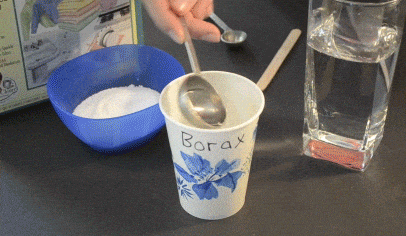
2. Build a Structure That Can Withstand an Earthquake
Using toothpicks, marshmallows, and more, kids design different structures and then simulate an earthquake to test which stay upright—without any significant change in structural integrity.
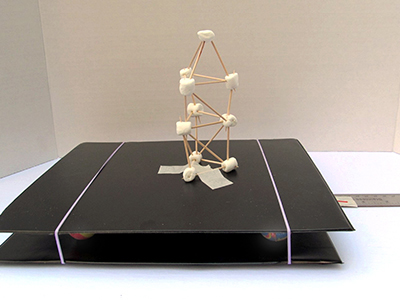
3. Build a Penny Bridge
Find out just how strong a bridge you can build from simple materials! Using paper index cards, kids will get their civil engineering on as they build several different bridges and load them with pennies to test their relative strength. What happens when they add some tape to their designs, or combine more than one shape or more than one index card?
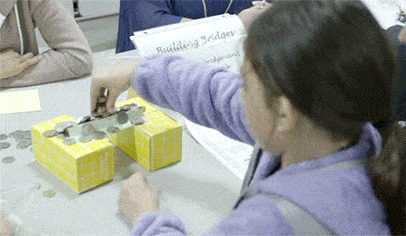
Join the PTO Today community (it's free) for access to resources, giveaways and more
4. Make an Earthworm Habitat and Watch How They Work
Remember digging for worms as a kid? Well, it’s time to get your gardening gloves on because you’ll be doing it again! (Relax—you can buy your earthworms on Amazon, too. Who knew?) In this two-part activity, kids will design a wormery to take home so they can observe firsthand how earthworms move and eat.
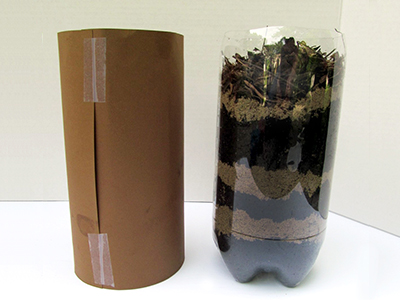
5. Make Elephant Toothpaste
In this science experiment, you’ll watch as molecules break apart in a safe chemical reaction to form what some call “elephant toothpaste.” The yeast causes the molecules in hydrogen peroxide to break down into water and oxygen gas. Then, soapy water captures the oxygen gas in bubbles.
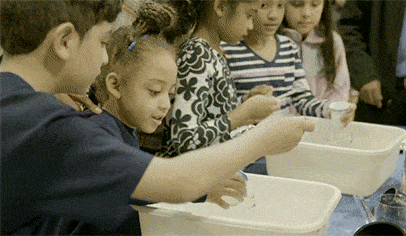
6. Study Impact Craters on the Moon
Using marbles, flour, and cocoa powder, kids recreate the moon’s surface, examine what happens when meteoroids hit the moon and form an impact crater, and measure changes to the moon’s surface that are caused by the impact. For example, how will dropping the marble from a different height affect the size of the crater?
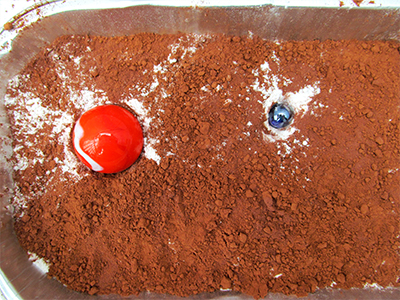
7. Engineer Your Own Hovercraft
If you loved Back to the Future, this activity has your name all over it! Using old CDs, balloons, and bottle caps, kids will build two different types of hovercrafts to learn how objects can float in midair and what factors affect the hovercraft’s “flight.” They can also compete to see whose machine travels farthest!
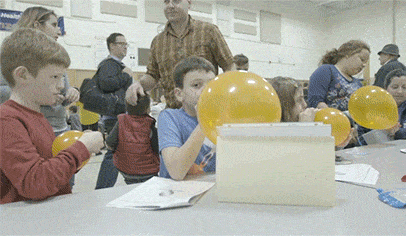
8. Build a Marble Run (and Test It)
Design, construct, and test a marble run to meet a specific time goal. Using simple materials like foam pipe insulation, plastic cups, cereal boxes, and marbles, kids learn how to design a run that carries a marble through the foam channel from beginning to end in exactly two seconds. How close will theirs get to the target time?
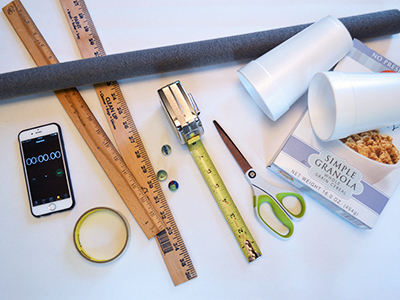
9. Make an Energy Chain
Where does energy come from, and how do you make it? What’s the difference between potential energy and kinetic energy? In this hands-on activity, kids use craft sticks to harness energy (potential energy)—then release it (kinetic energy)—by weaving the sticks into powerful chains. Then they can watch as sticks in the chain jump off the ground on their own when they release the end of the chain.
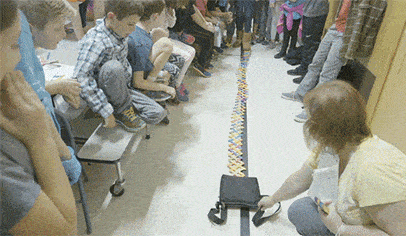
10. Will It Float or Not?
Through a series of experiments, kids learn why some things float and why some don’t. Using water, soda, clay, and a variety of household objects like pencils, erasers and golf balls, they’ll first predict the results by thinking about the object’s size, shape, weight, and density. After testing each object, does the result make them want to change their predictions for any of the other objects?
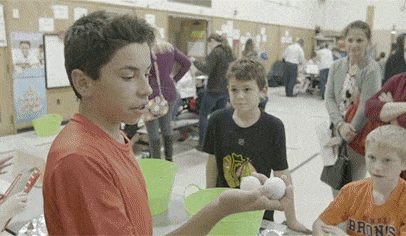
Feeling science-y yet? Download our free Family Science Night kit to get access to these activities (and all the rest!) along with a step-by-step planning guide, promotional flyer, banner, poster, Facebook graphics, family take-home activities, and more. Planning a STEM family night is an easy way to show families that science is fun!






















